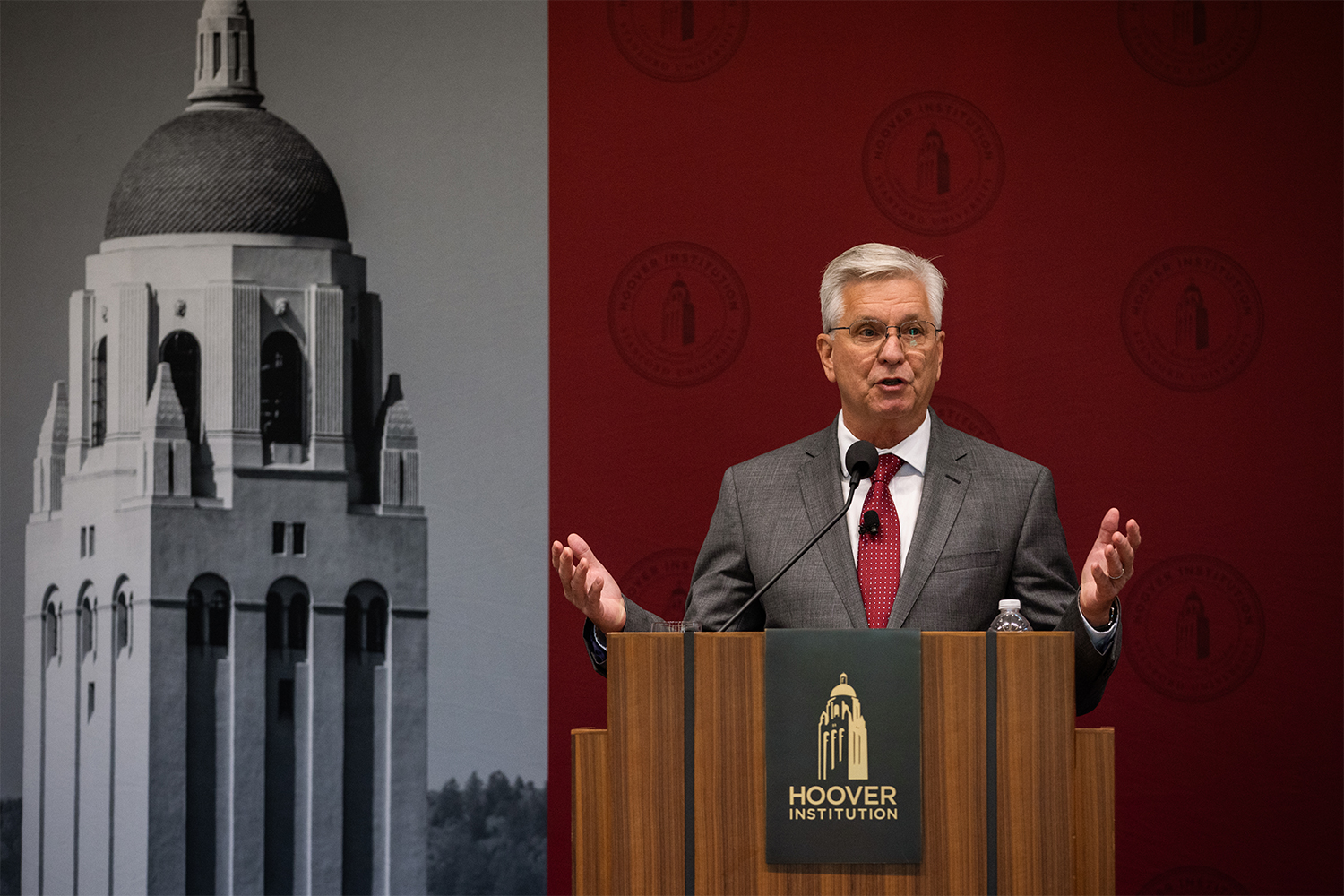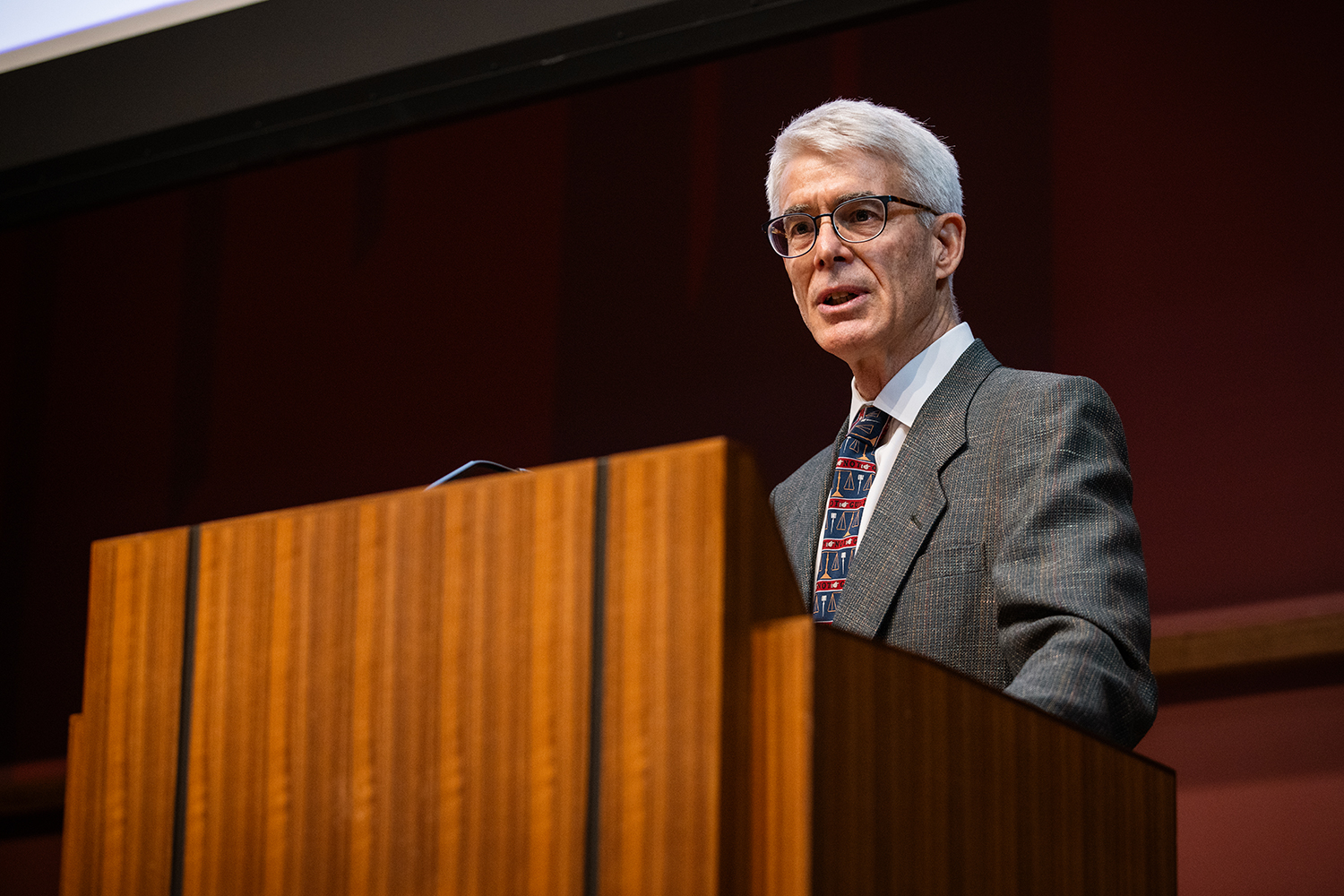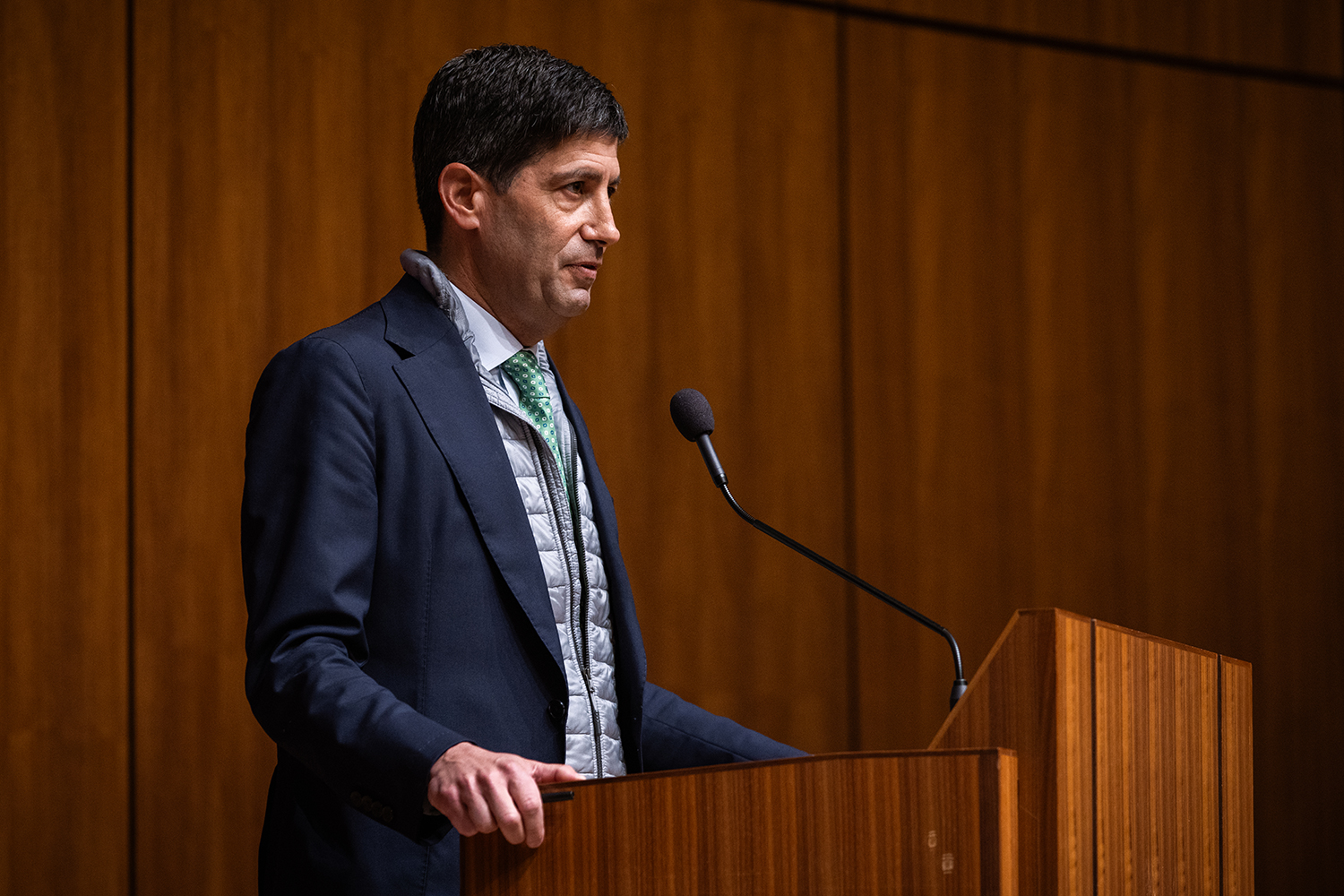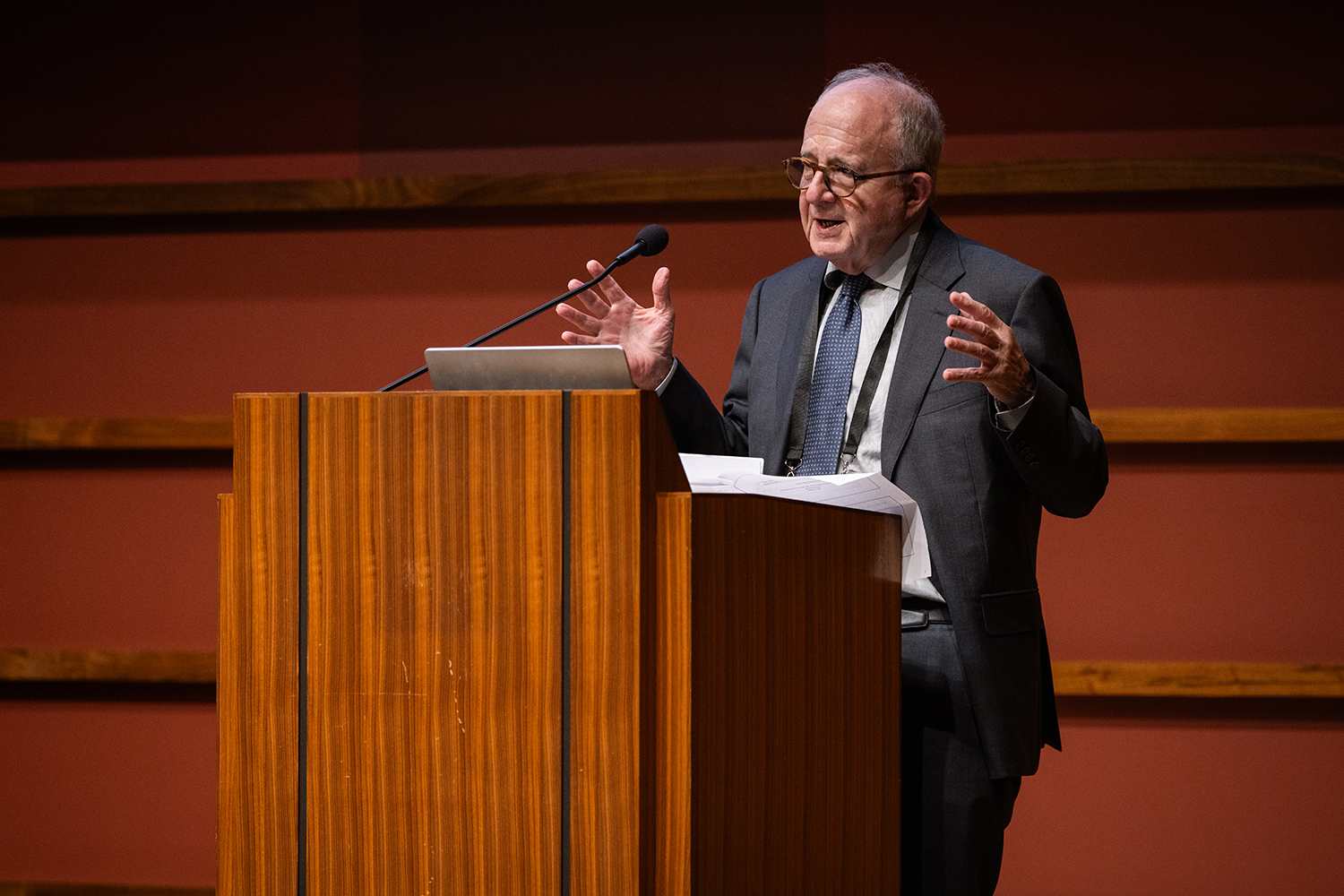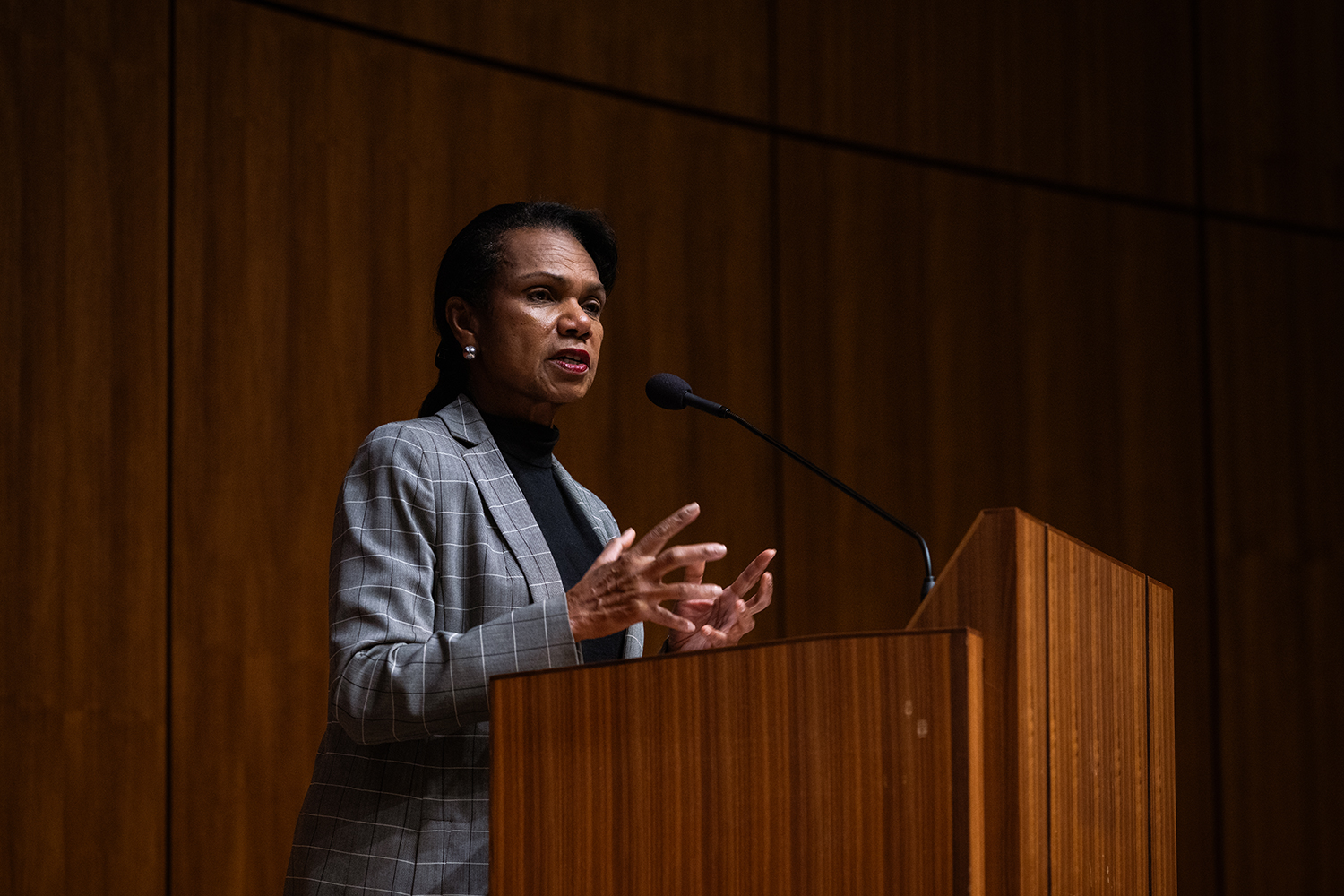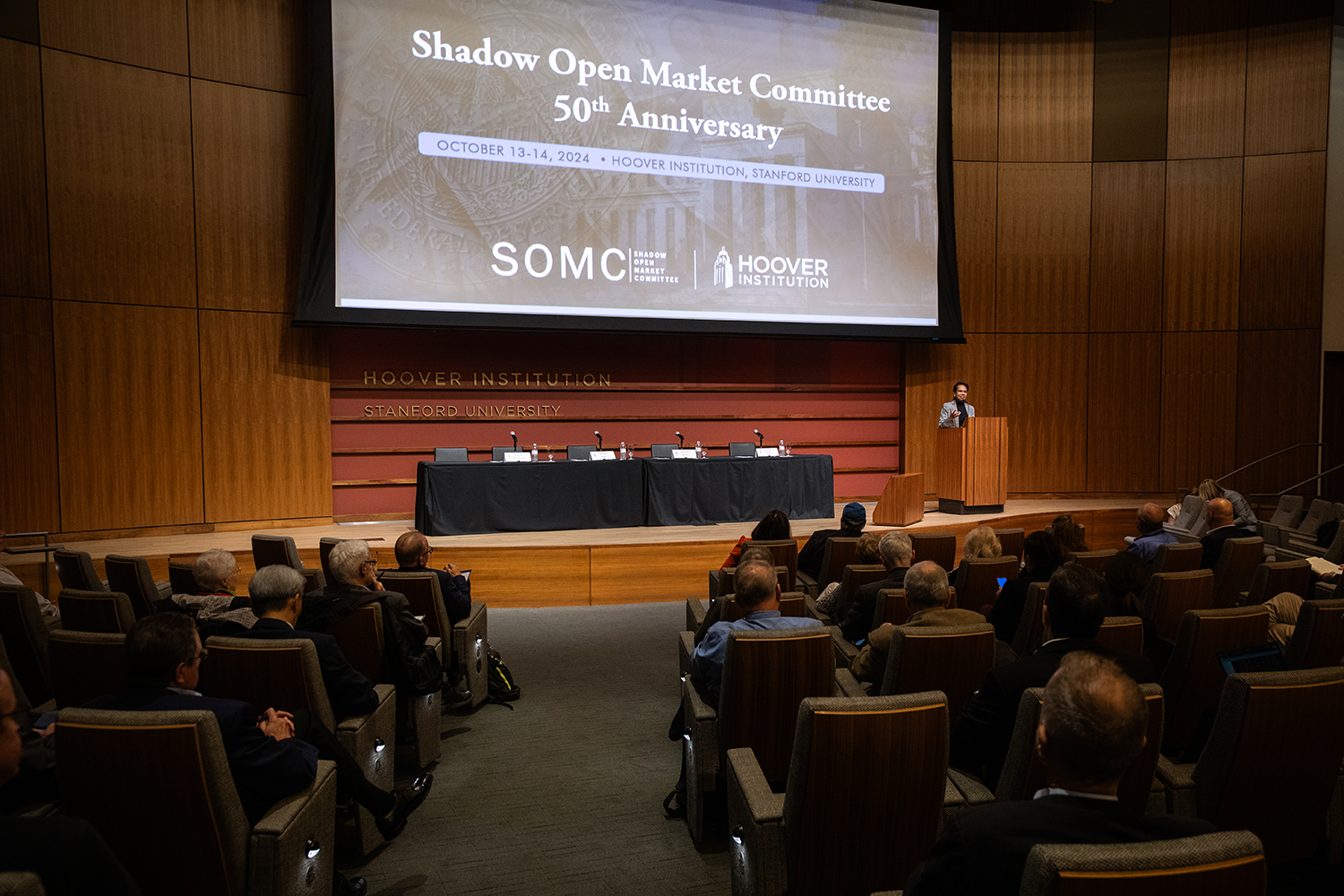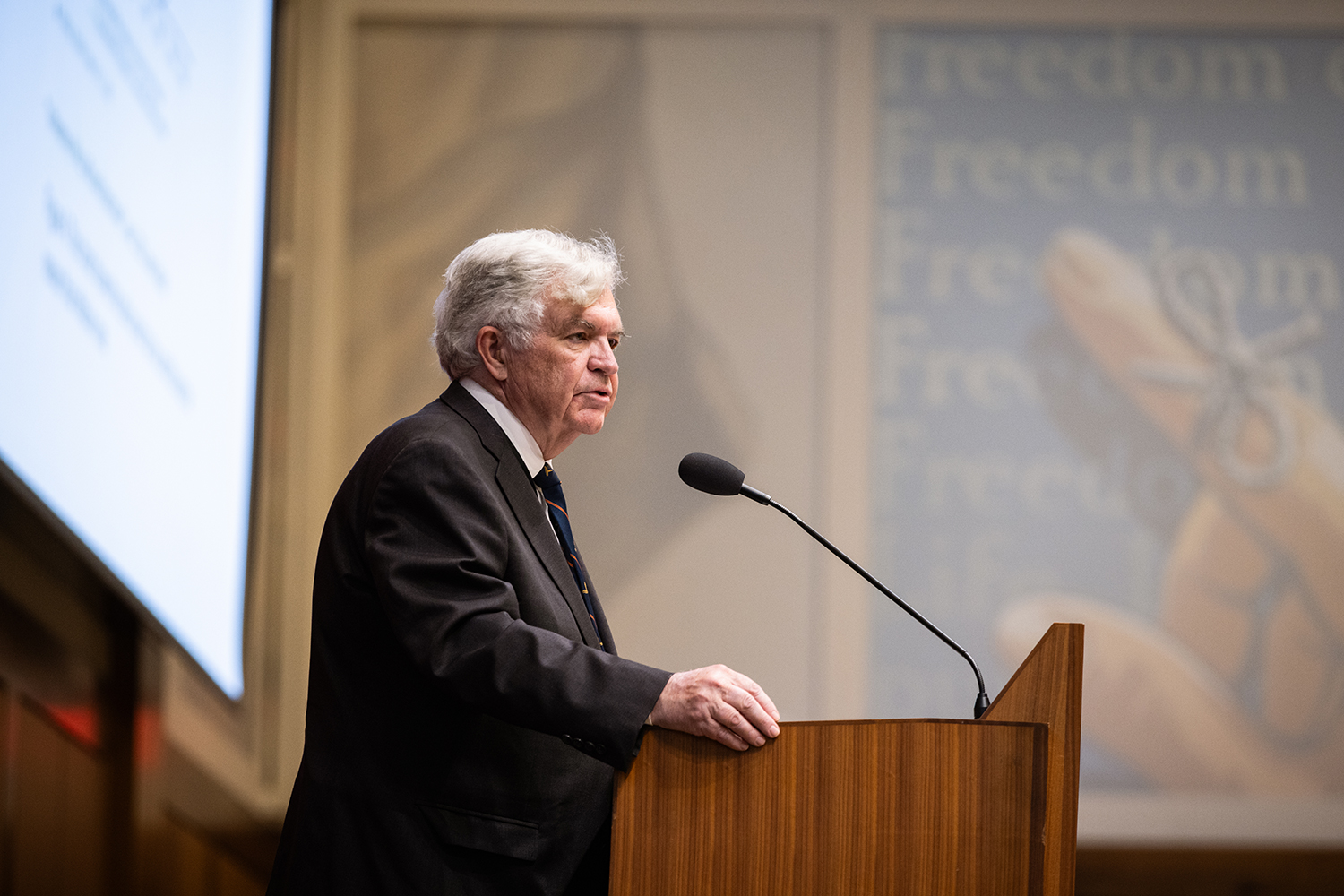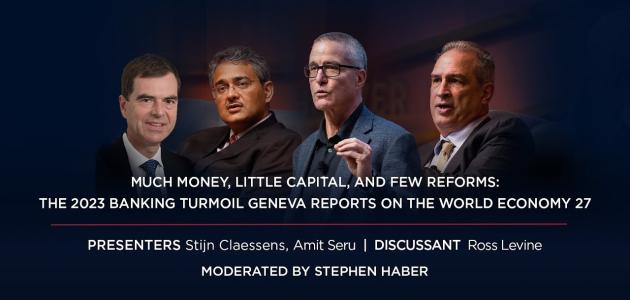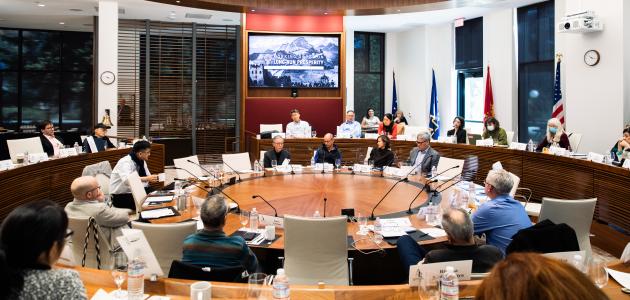Hoover Institution (Stanford, CA) — The Shadow Open Market Committee celebrated its fiftieth anniversary at a conference sponsored by the Hoover Institution on October 13‒14, 2024, hearing from leading scholars on monetary policy, including many Stanford professors and Hoover fellows, former Fed members, and keynote speaker Christopher Waller, an influential Federal Reserve governor.
An independent group of economists established the SOMC in 1973 to track the decisions of the Federal Reserve’s Federal Open Market Committee and influence the monetary policy debate by advocating a rule-based rather than discretionary approach, as well as central bank transparency and accountability.
The SOMC’s initial efforts were aimed at convincing the Fed that issues with inflation in the 1970s had to do with growth of the US money supply and not a variety of other factors that Fed economists of the day believed were responsible. It has evolved over time and continues to promote sound monetary policy.
During Waller’s presentation, which received wide attention, he said, “I continue to judge that the US economy is on a solid footing, with employment near the FOMC's maximum employment objective and inflation in the vicinity of our target, even though the latest inflation data was disappointing.”
After highlighting some possible near-term risks that might push the Federal Reserve to change track, Waller said he still expects gradual interest rate cuts over the next twelve to fifteen months.
“Whatever happens in the near term, my baseline still calls for reducing the policy rate gradually over the next year,” he said. “The median (interest) rate for (Federal Open Market Committee) participants at the end of 2025 is 3.4 percent, so most of my colleagues likewise expect to reduce policy over the next year.”
Waller also outlined three scenarios he believes are plausible for the next year or two, ranging from the track he believes the US economy is on today—where rate cuts would be at a gradual pace, with unemployment perhaps trending “up only slightly” during that period—to conditions where inflation would suddenly fall dangerously low or trend back up to post-COVID levels.
However, if current conditions remain, Americans could expect several rate cuts over the next twelve to fifteen months: “If the economy continues in its current sweet spot, this will happen gradually.”
Several current Hoover fellows, including Michael D. Bordo, Charles I. Plosser, and Mickey D. Levy, along with Hoover scholar Andrew T. Levin, are members of the Shadow Open Market Committee.
Journalists from major global outlets including the Financial Times, the Associated Press, Bloomberg, and Reuters also covered the meeting.
“As monetary policy issues have evolved over the past half-century, the Shadow Open Market Committee and research by its members have continued to influence central bank policymaking in America and abroad,” Bordo said.
Over the course of the conference, presenters demonstrated how the SOMC has changed its stance in response to the challenges of the period, from countering stagflation in the late 1970s to calming fears that Japanese-style deflation would come to the United States in the early 2000s.
In recent years, the committee has argued against what Levy called the “Fed’s asymmetric tilt toward its employment mandate” over its mandate to keep inflation low.
He said that the current Fed, when presented with competing options of pursuing maximum employment or 2 percent or lower inflation, frequently tilts toward policies that favor employment, in his view sacrificing low inflation in the process.
When the Federal Reserve, along with several other central banks around the world, cut interest rates to almost zero and increased the money supply in response to the COVID-19 crisis, Levy said the SOMC was “among the earliest to predict this would result in historically high inflation.”
It took the Fed and other major central banks almost a year—well into 2022—to agree and to begin raising rates to bring inflation down.
Building on that argument, Hoover Senior Fellow John H. Cochrane presented his fiscal theory of the price level, with the argument that government fiscal policy, including debt and taxes present and future, is the primary determinant of the price level or inflation.
“Higher interest rates that don’t include tighter current or future fiscal policy to pay these costs do not permanently lower inflation,” he said.
In another session, Senior Fellow Amit Seru presented his research on the subjectivity of the criteria that state and federal bank regulators use to evaluate the health of banks.
Seru showed that criteria such as the CAMELS score (capital adequacy, assets, management, earnings, liquidity, and sensitivity to market risk) are hardly objective. He said in some instances, up to 50 per cent of a bank’s CAMELS score is based on “intangible” subjective attributes like a regulator’s perception of a bank’s management quality.
Building on this basis of subjectivity is the replacement of the concept of bank solvency— its literal ability to meet its financial obligations—with the idea of “liquidity” or access to liquidity.
Seru argues this subtle change means banks are not scrutinized for whether or not they are solvent, leading to easier justification of intervention by regulators to save failed banks.
“All that does is make it easier to move to lender of last resort to flood the system with subsidies,” Seru said.
Because of this subjectivity, and the fact that there are sometimes up to fifteen different regulators of financial institutions in the United States, vast differences occur between how one regulator ranks a bank’s health versus another regulator.
Senior Fellow Darrell Duffie spoke about issues with banks accessing reserves in times of concern and the growing size of the global bond market compared to assets held by banks.
Since the global financial crisis of 2008, the number of outstanding US Treasury bonds has risen each year, to the point where their value will soon match the total value of all global bank assets.
“We now have roughly four times as many Treasury securities per unit of (bank) balance sheet space as was available on the eve of the financial crisis, so the bond market is basically too big,” Duffie said.
Other topics discussed included the various ways the Fed inadvertently crosses the line from monetary to fiscal policy with its asset purchases that have enlarged its balance sheet and the various special credit measures it offers in times of crisis.
Jeff Lacker, a member of the SOMC and a former Fed member, argued that the Fed has moved from a lender of last resort to a “reluctant Samaritan” to the 2008 financial crisis and beyond, massively intervening to assist banks and other private entities three times in fifteen years.







